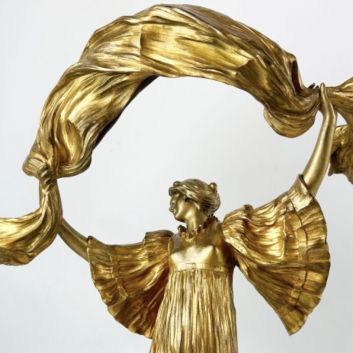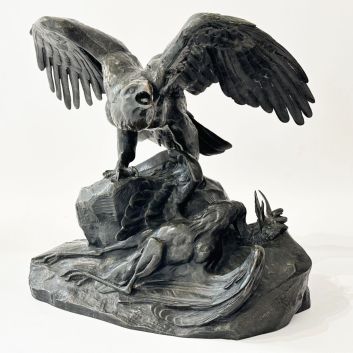Rating and value of sculptures, busts and marbles by Prosper d'Épinay
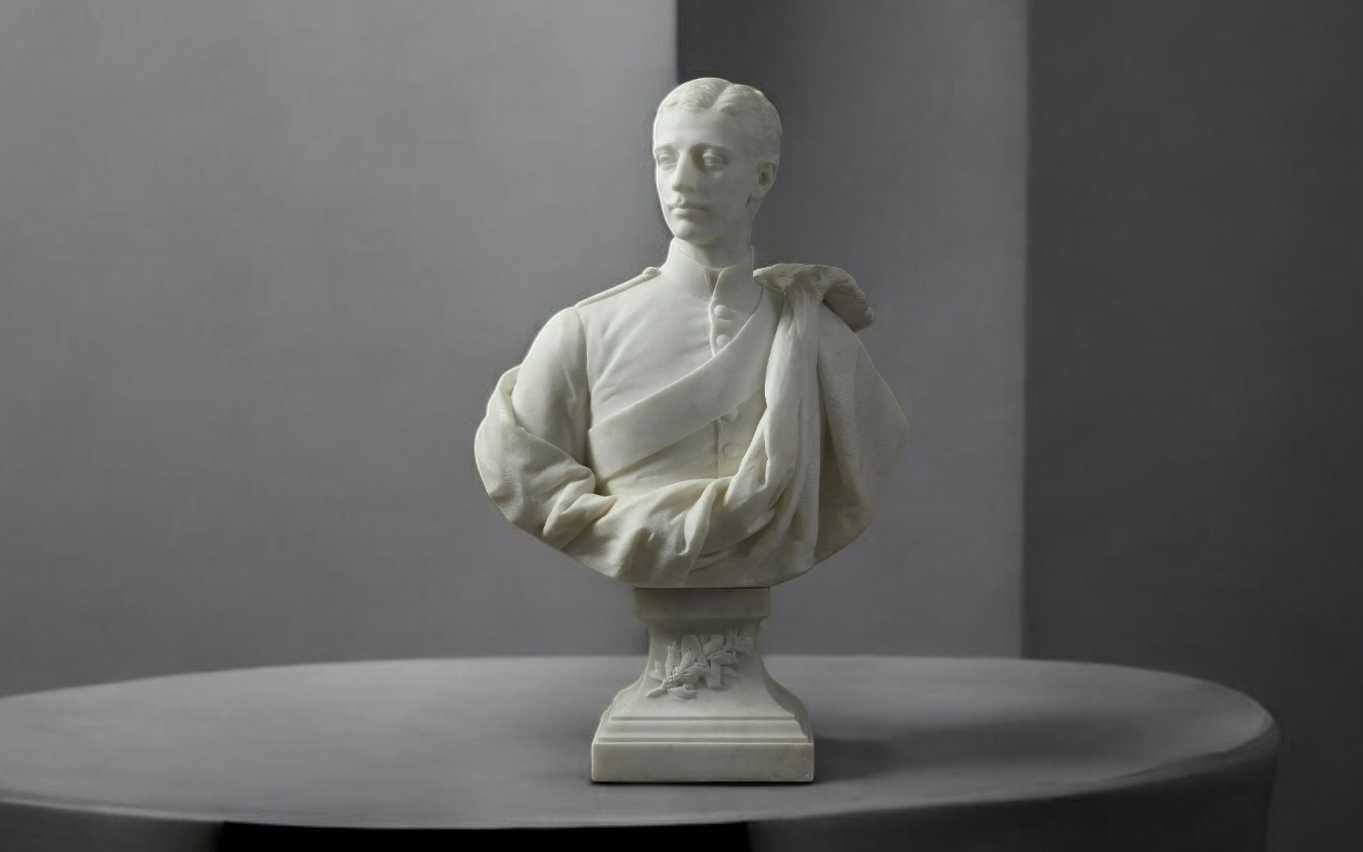
If you own a work by or after Prosper d'Épinay, and would like to know its value, our state-approved experts and auctioneers can offer you their appraisal services.
Our specialists will carry out a free appraisal of your work, and provide you with a precise estimate of its current market value.
Then, if you want to sell your work, we'll point you in the right direction to get the best possible price for it.
Rating and artist value Prosper d'Épinay
The artist Prosper d'Épinay left in his wake a very singular body of work, composed mainly of animal bronzes. A talented artist, he produced numerous sculptures that were particularly prized at auction.
Today, prices for his works are skyrocketing under auctioneers' gavels. They are particularly prized by French and European buyers.
The price at which they sell on the art market ranges from €160 to €1,079,000, a significant delta but one that speaks volumes about the value that can be attributed to works by Prosper d'Épinay.
In 2015, his marble sculpture Bonne renommée, dating from 1880, sold for €1,079,000, whereas it was estimated at between €134,900 and €269,780.
Order of value from a simple work to the most prestigious
Technique used | Results |
|---|---|
Bronze | From €700 to €2,100 |
Drawing | From €160 to €2,200 |
Marble | From €400 to €1,079,000 |
Response in less than 24h
Style and technique of the artist Prosper d'Épinay
Prosper d'Épinay mastered the bronze technique to produce a large number of sculptures in the stylistic vein of the Second Empire - working in the artistic genre of portraiture, which makes up the majority of his work.
He creates many marble sculptures, which are currently the most highly-valued on the auction market.
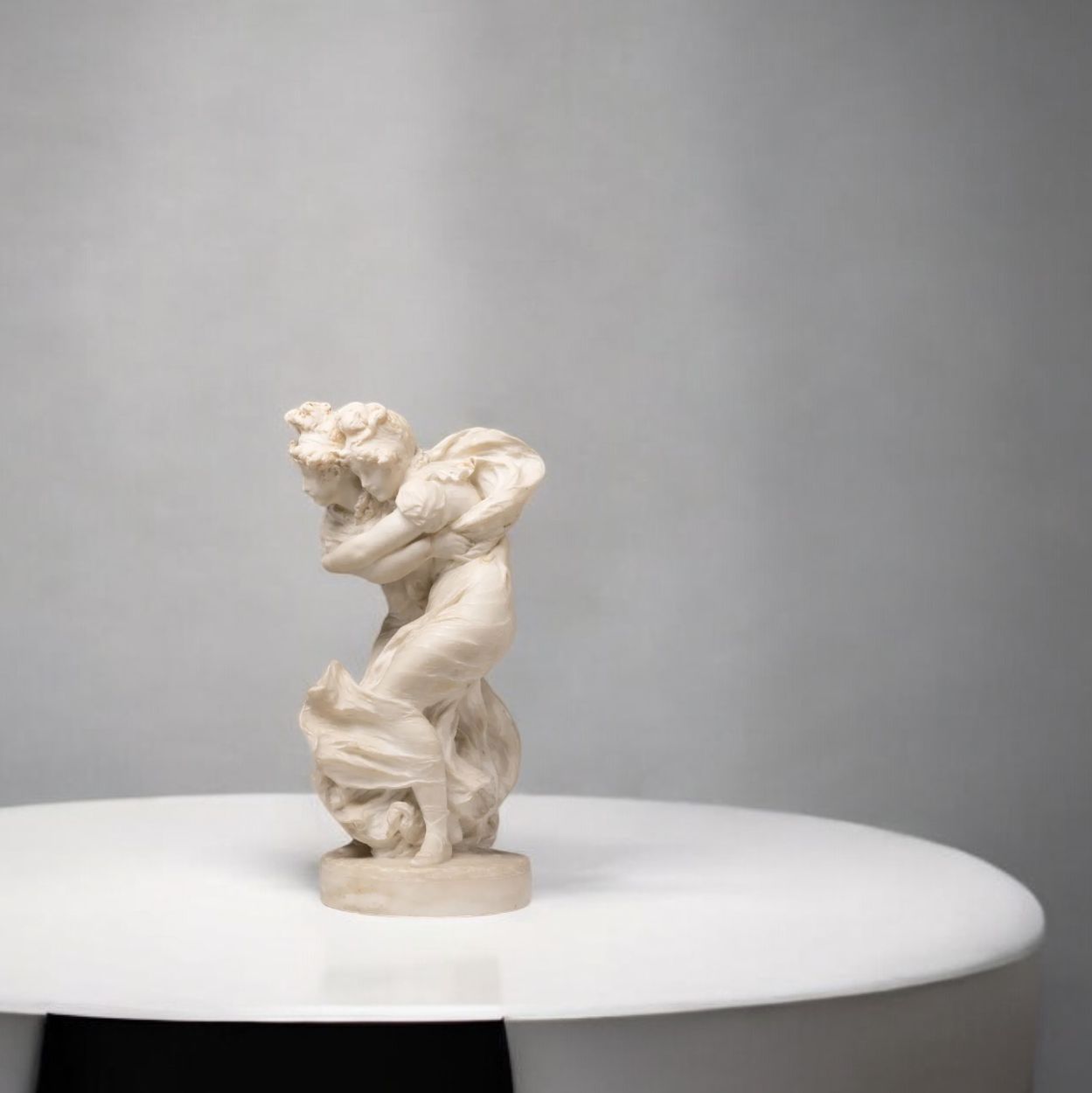
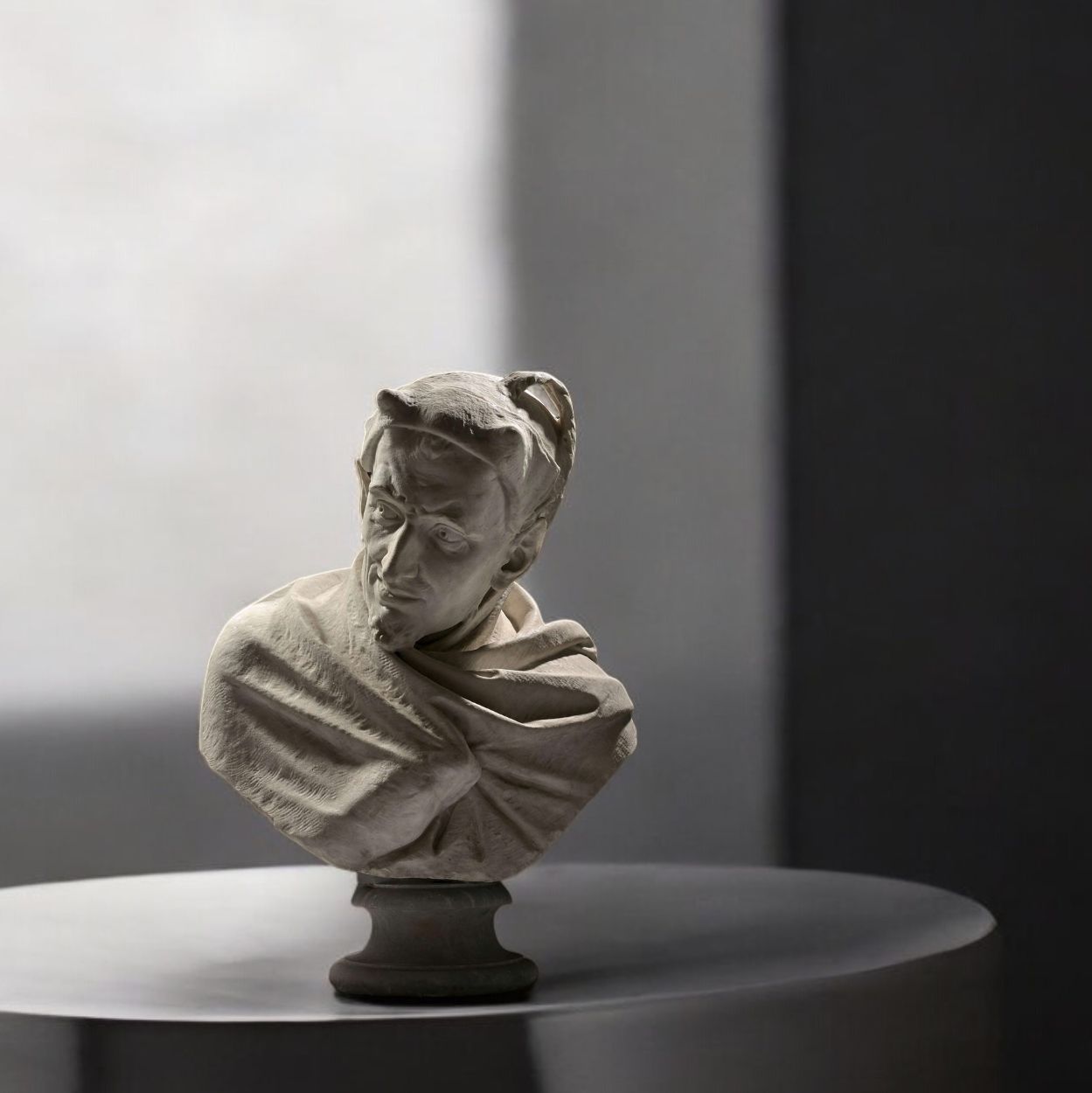
Prosper d'Épinay's career
Charles Adrien Prosper d'Épinay (1836-1914) was a French sculptor born in Pamplemousses, Mauritius.
Born into a family of Mauritian politicians, he arrived in France at the age of three, when his father died. He studied in Port-Louis, the capital of Mauritius. From then on, he worked with ebauchoir and terre-glaise.
He continued his studies in Paris from 1851, studying sculpture in the workshops of Jean-Pierre Dantan. He produced numerous caricatures and took a keen interest in 18th-century art.
Like many 19th-century artists - in line with neoclassicism, a return to Antiquity was taking place - Prosper d'Épinay was captivated by sculptures from the ancient period, particularly those from Italy, which he had the opportunity to study during his stay at the Villa Médicis.
There, he studied under Luigi Amici, sculptor of the tomb of Pope Gregory XVI. In Rome, he founded a workshop in via Sistina, which he ran from 1864 to 1912, two years before his death. This was to be the great achievement of his career, and his main place of creation.
As well as sculpture in the strict sense of the term, the artist was a specialist in caricature, and it was in this artistic genre that he achieved his first success. In London, he presented the cartoon group Entente cordiale, depicting Napoleon III and Lord Palmerston.
Numerous bronze prints from this group can be found on the market today. His statue L'Innocence, commissioned for a château, confirmed his success. During the same period, he sculpted a bust of Alexandra of Denmark, Princess of Wales.
The commission gave him legitimacy and ensured his support from the princess, who would commission his work again.
He executed funeral monuments for his father and other Mauritian politicians. He joined the Union Artistique center in Paris, and married a painter in 1869.
He commissioned a bust of Maria Fortuny for the Madrid museum and moved to London for a time, where he became close to the English aristocracy, as well as to the French legitimists and the Count of Chambord.
In 1874, he exhibited works at the Salon, marking a real turning point in his career. It was at this time that he produced the largest number of statues in Carrara marble, notably busts of Emperor Napoleon III and Empress Eugénie.
In the last years of his career, he turned more to religious subjects, and notably produced a statue of Joan of Arc, which he exhibited at the Salon des Artistes Français in 1902. Today, it is housed in Reims Cathedral - where, according to legend, it was placed during the coronation of Charles VII.
He took under his wing the young sculptor Alexandre Falguière, himself a pupil of Ernest Carrier-Belleuse. At the same time, he creates engravings for Vanity Fair.
He died in 1914, in Saint Cyr sur Loire. He is buried in the Montparnasse cemetery.
Portrait of Sarah Bernhardt, Prosper d'Epinay
Focus on the bust of the Princess of Wales, Prosper d'Épinay
In 1896, Prosper d'Épinay created the bust of the Princess of Wales, a work that testifies to his exceptional talent for capturing not only the physical likeness, but also the spiritual essence of his subjects.
A renowned sculptor of the Belle Époque, d'Épinay established himself as one of the most sought-after portraitists of his time, and this bust is a striking example.
The bust of the Princess of Wales is distinguished by the finesse of its details and the elegance of its execution.
D'Épinay, true to his academic training, mastered the texture of the marble perfectly, rendering with striking precision the softness of the skin, the delicate drape of the fabric, and the subtle expression of serenity emanating from the princess's face.
Every line and curve seems to be the fruit of meticulous observation, but also of a sensitive interpretation of the royal personality.
In this work, d'Épinay pays particular attention to the interplay of light and shadow. The white tones of the marble are exploited to create subtle contrasts that accentuate the volumes of the face and bust.
Light glides over the polished surfaces, revealing soft contours and harmonious proportions. This work on light and texture brings the sculpture to life, giving the princess an almost tangible presence.
Beyond physical resemblance, d'Épinay succeeds in capturing the aura of dignity and grace that characterized the Princess of Wales. The bust, while rooted in academic tradition, transcends simple portraiture to become an idealized representation of aristocratic femininity.
The pose is dignified, but not rigid, suggesting both the nobility and accessibility of the princess. This subtle balance between majesty and humanity is the real tour de force of this work.
The bust of the Princess of Wales also fits into the broader context of late 19th-century art, a period of revival in portrait sculpture, marked by a return to classical precision combined with a modern sensibility.
In keeping with this tradition, D'Épinay nonetheless manages to stand out for the accuracy of his approach and the delicacy of his style.
With this bust, Prosper d'Épinay demonstrates not only his technical skill, but also his ability to interpret and magnify his subjects.
The work remains an eloquent testament to his talent, as well as a lasting tribute to the Princess of Wales, whose beauty and dignity continue to be celebrated through this sculptural portrait.
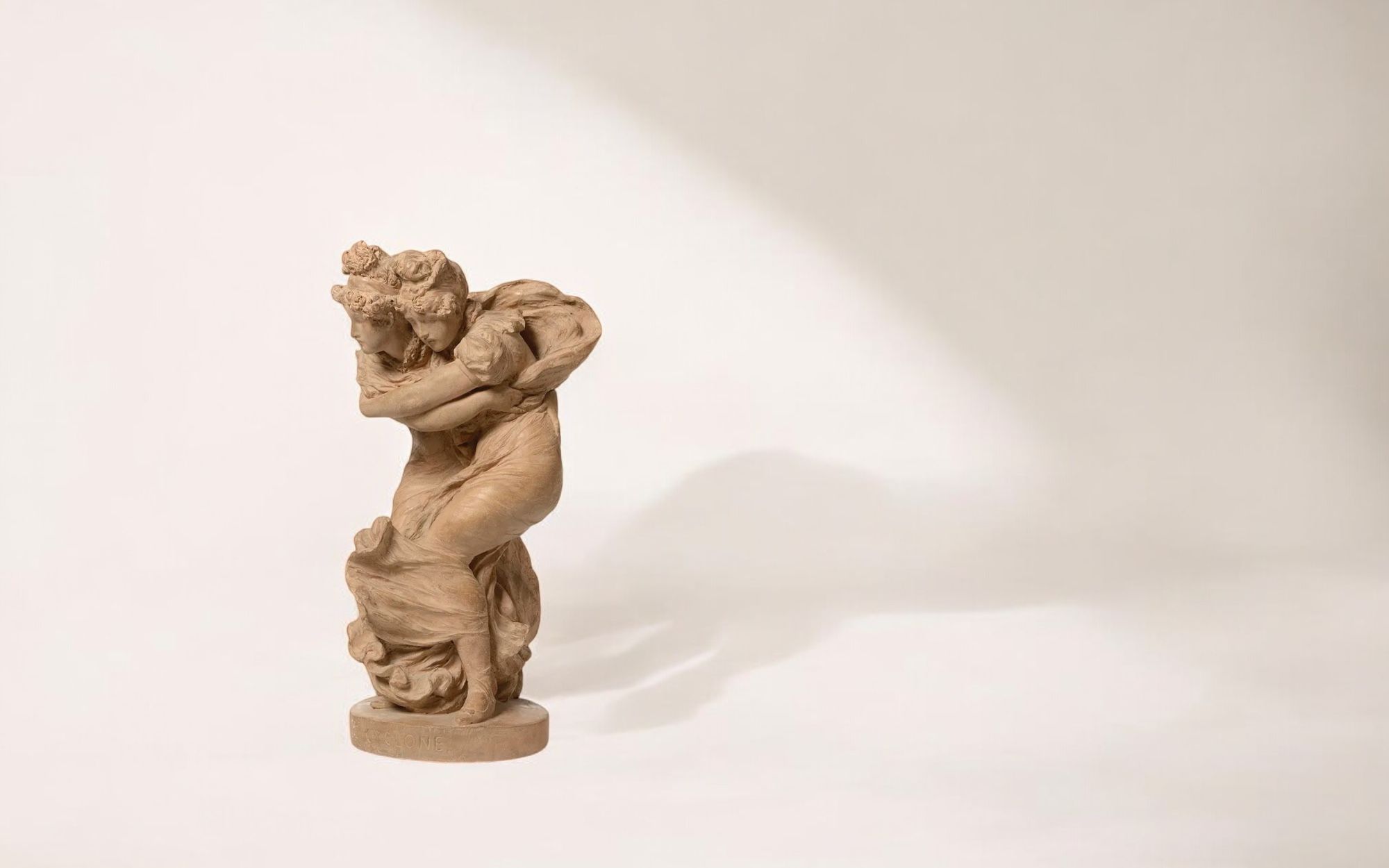
Prosper d'Épinay's imprint on his period
Some of Prosper d'Épinay's work can be seen in various cities in Europe and France, but relatively little of it is in private collections. Recently, his market value has been rising.
The artist left a lasting mark on his era through his talent and the diversity of the works he produced, but also through the quality of the materials he used.
During his long career, he had the opportunity to forge relationships with important leaders and aristocrats of his time, including Napoleon III, Empress Eugenie, the Princess of Wales and some of the Lords.
At the same time, his wit enables him to caricature the same characters without incurring their wrath, creating sculptures imbued with lightness and elegance, while conveying great emotion.
He made a lasting impression on nineteenth-century sculpture, alongside artists such as Ernest Carrier-Belleuse, Jean-Baptiste Carpeaux and even James Pradier.
Recognizing the artist's signature
Not all works by Prosper d'Épinay are signed, and different variants exist. That's why, if you think you own a work by or after the artist, it's essential to have it appraised by an expert who can authenticate it.
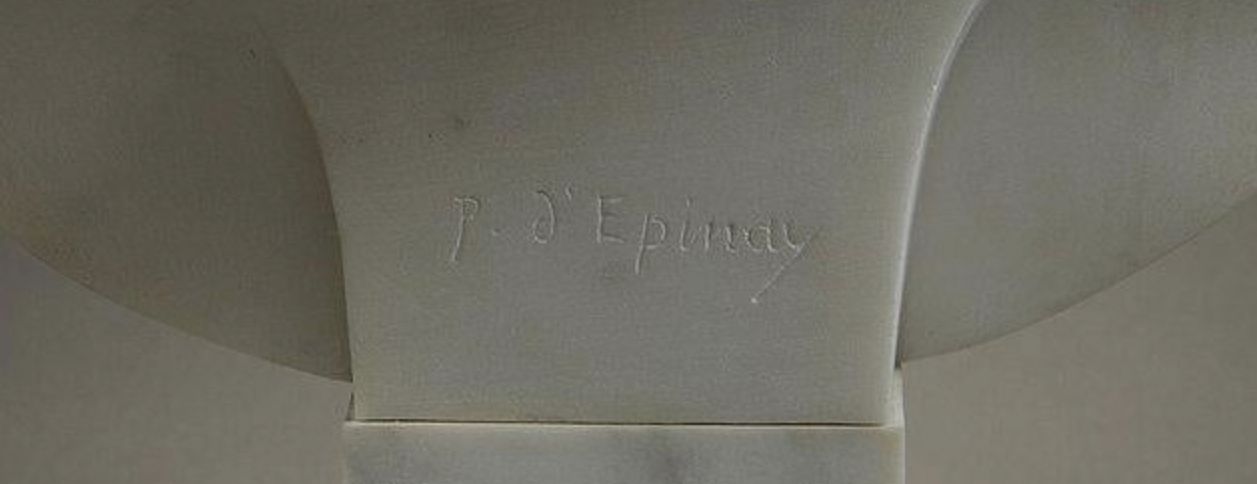
Knowing the value of a work
If you happen to own a work by or after Prosper d'Épinay, don't hesitate to request a free appraisal using the form on our website.
A member of our team of experts and certified auctioneers will contact you promptly to provide you with an estimate of the market value of your work, as well as any relevant information about it.
If you wish to sell your work of art, our specialists will also be on hand to help you sell it at the best possible price, taking into account market trends.
Response in less than 24h
Related topics

Rating and value 2024 of paintings by Marius Borgea...
Marius Borgeaud is a 19th-century luminist painter who produced paintings that are increasingly popular and valuable at auction.
Read more >
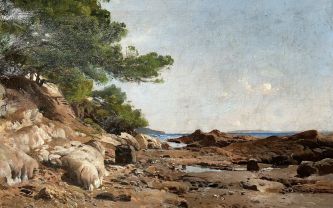
Rating and value of paintings by Paulin Be...
Paulin Bertrand is a 19th-century landscape painter whose works are highly regarded and valued at auction.
Read more >
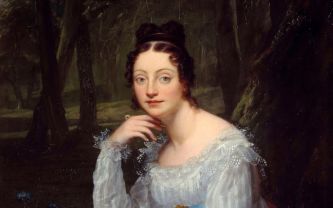
Cote et valeur des tableaux, dessins, peintures de Constance...
Constance Mayer est une artiste néoclassique associée à Pierre-Paul Prud'hon qui a produit de nombreuses oeuvres dont la cote et la valeur sont hautes
Read more >
Secure site, anonymity preserved
State-approved auctioneer and expert
Free, certified estimates
